 In recent years, a growing number of incentive travel planners have focused their attention on how the programmes that they organize can leave a lasting legacy of community improvements in the destinations which host their incentive trips. This has become known as the ‘social legacy’ of incentive travel. Two principal factors have driven this trend:
In recent years, a growing number of incentive travel planners have focused their attention on how the programmes that they organize can leave a lasting legacy of community improvements in the destinations which host their incentive trips. This has become known as the ‘social legacy’ of incentive travel. Two principal factors have driven this trend:
Firstly, the widespread perception that companies must respect the principles of Corporate Social Responsibility (CSR) by ensuring that all of a firm’s activities are carried out with due concern and respect for the 3 Ps: People, Planet and Profit. Social legacy relates to the People aspect of CSR. It involves taking into account how an incentive programme can have a positive impact upon the inhabitants of the destination where the trip takes place.
Secondly, attitudes of incentive travel participants have changed, concerning the lavishly-funded, extravagant nature of many incentive trips. Incentive travel participants who are members of Generation Y (usually defined as those born between 1977 and 1995) in particular are dissatisfied with the conspicuous consumption that often characterises such events. This is particularly the case when incentive trips take place in close proximity to disadvantaged communities or in developing countries where the luxurious and extravagant experiences enjoyed by the incentive participants strongly contrast with the underprivileged lifestyle of the local inhabitants.
Both of these factors have contributed to the trend of incentive trips being designed in such a way that they can make a difference and give something back to the local people in the destination.
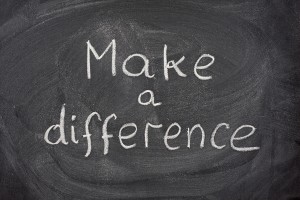 At the most basic level, a social legacy initiative for an incentive trip could be raising money for a local charity, for example, at the event’s gala dinner. This is one of the most common, and most straightforward, ways of helping local people. When more time is available in the programme, a more hands-on approach to leaving a social legacy can be used: participants take a day or half-day to work directly on a project. This can range from landscaping the garden of a local retirement home to constructing a library in a village school.
At the most basic level, a social legacy initiative for an incentive trip could be raising money for a local charity, for example, at the event’s gala dinner. This is one of the most common, and most straightforward, ways of helping local people. When more time is available in the programme, a more hands-on approach to leaving a social legacy can be used: participants take a day or half-day to work directly on a project. This can range from landscaping the garden of a local retirement home to constructing a library in a village school.
Several of the winners of the 2009 Site Crystal Awards Recognition Program, an annual competition designed to recognize outstanding incentive programs, demonstrated that they had a positive impact on the local community (Site – global network of meeting, travel and event professionals). For example, Terra Nova, the African events company, organized a motivational hike for 160 participants through South Africa’s Drakensberg Mountain Range, for their client Reckitt Benckiser, the household, health and personal care products company. Not only did the event provide the local community with employment opportunities, through the recruiting of 16 guides an d 8 translators who accompanies the participants on the hike, but also the experience provided many opportunities for the local people and the visitors to interact and for the participants to give back to the communities they encountered. A donation was made to a local school, and the group of participants also gives football equipment to players on the local team, most of whom had never even owned their own football boots. Reckitt Benckiser was also able to honour the local chief’s wife with the gift of a cow, therefore adding to the wealth of the herd. Overall, the incentive trip succeeded in creating a powerful sense of community between the participants and the local people, with both sides benefiting enormously from the opportunity to interact with people from a different culture.
d 8 translators who accompanies the participants on the hike, but also the experience provided many opportunities for the local people and the visitors to interact and for the participants to give back to the communities they encountered. A donation was made to a local school, and the group of participants also gives football equipment to players on the local team, most of whom had never even owned their own football boots. Reckitt Benckiser was also able to honour the local chief’s wife with the gift of a cow, therefore adding to the wealth of the herd. Overall, the incentive trip succeeded in creating a powerful sense of community between the participants and the local people, with both sides benefiting enormously from the opportunity to interact with people from a different culture.
Another 2009 Crystal Award winner was Carlson Marketing Worldwide, for the 2008 ‘SunRise’ event they designed for Sun Microsystems. SunRise is Sun Micosystems’ global award and recognition program, held every year to honour the company’s highest achievers. The 3-day event, based in Honolulu, Hawaii, was designed to fit in exactly with Sun Microsystems’ own Corporate Social Responsi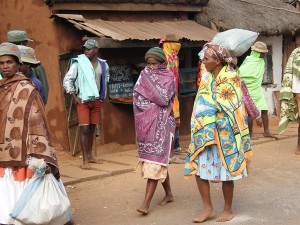 bility principles. During the event, every effort was made to respect the principles of sustainability, by minimising the incentive trip’s impact on the natural environment. But the social environment was not forgotten either, and after the SunRise event, many of the materials that it had utilized were donated to local organizations. For example, the furniture purchased for the event was donated to the local YMCA; the 20 chalkboards that had served as menus went to a local school and the plants and flowers used as decoration went to a local retirement home for Hawaiians.
bility principles. During the event, every effort was made to respect the principles of sustainability, by minimising the incentive trip’s impact on the natural environment. But the social environment was not forgotten either, and after the SunRise event, many of the materials that it had utilized were donated to local organizations. For example, the furniture purchased for the event was donated to the local YMCA; the 20 chalkboards that had served as menus went to a local school and the plants and flowers used as decoration went to a local retirement home for Hawaiians.
These examples of how incentive trips can leave a social legacy are part of a wider trend towards incentive travel organisers and their clients demonstrating their willingness to use these events to give something back to the underprivileged people who live in the destinations where these trips take place. It is a welcome development, since in any destination, including in European countries, there are worthy charities and organizations that deserve the support of those who are more fortunate than they are.
Author: Rob Davidson





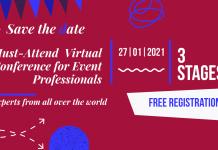
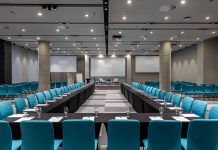
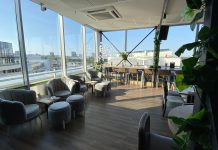















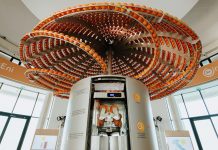








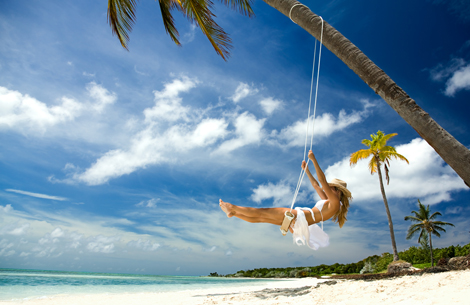



 Srpski
Srpski English
English